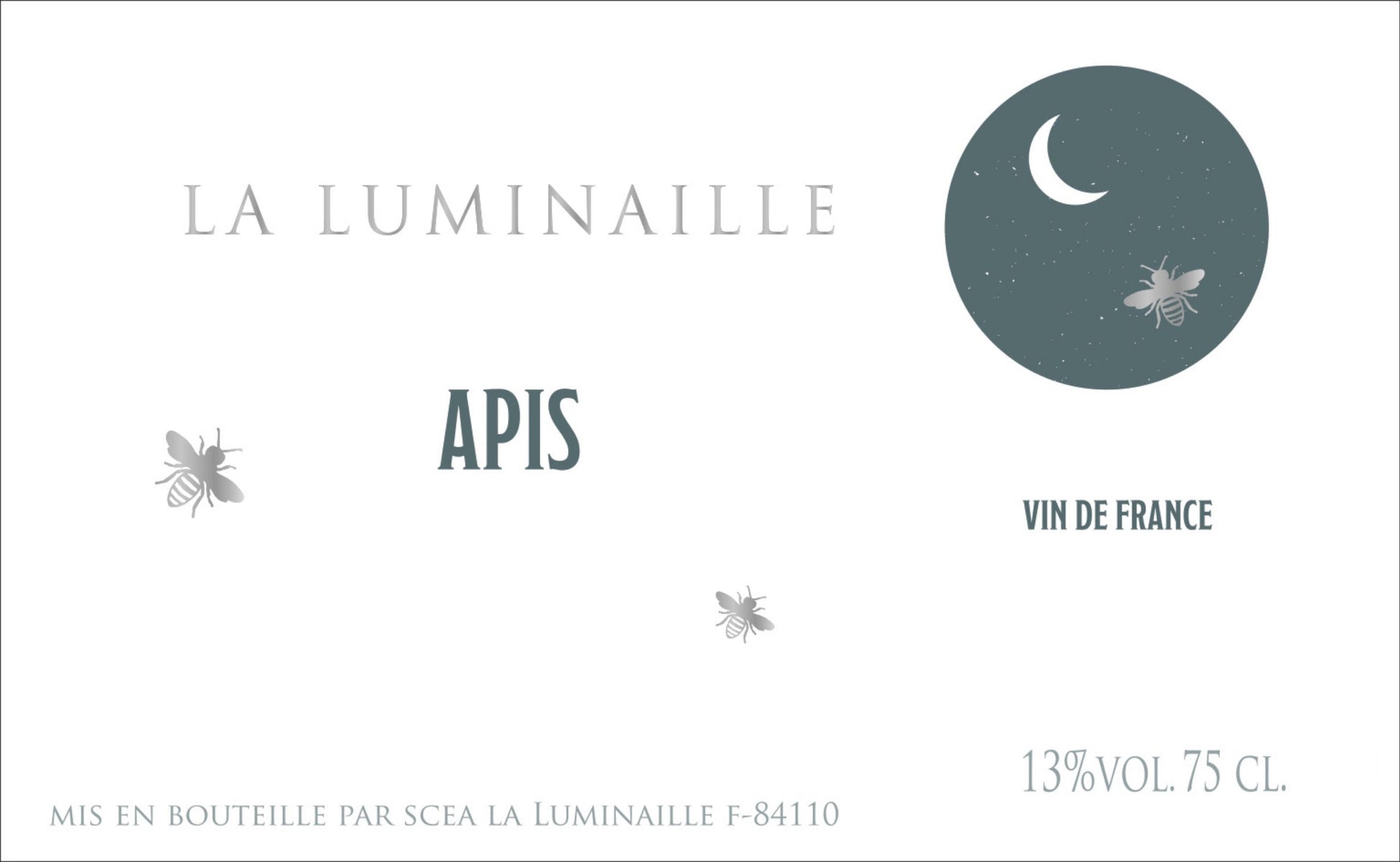1
/
of
1
Dom La Luminaille Apis Vin de France - 2021 (750ml)
Dom La Luminaille Apis Vin de France - 2021 (750ml)
Regular price
$21.99
Sale price
$21.99
Regular price
$24.99
Unit price
/
per
Apis, or "the bees" in Latin refers to the hives present on Domaine La Luminaille since 2018. This cuvée is from 70% Carignan (45 years old) and 30% Grenache and is vinified with no added sulfur. The bunches are manually harvested into small crates brought to the winery where they undergo whole bunch, full carbonic maceration by indigenous yeasts. Maturation is in cement vats.
Availability:
2 In Stock
$25 Shipping on Orders +$299
Couldn't load pickup availability
Share :

- varietal
- Region
- Sub - Region
- Type
- Reviews
Grown mostly in South America, its popularity has made it almost synonymous with Argentina, the wine producing powerhouse which has now adopted the varietal as it's national grape. While many offer bursting juicy fruit including blackberries, cherries, and plums, the grape is also capable of extended oak-ageing adding spice box, tobacco and leather aromas, as well as a richer texture on the pallate. Originally a vineyard neighbor alongside Carmenere (another French expat) in Bordeaux, Malbec is mostly planted in the neighboring regions of south west France. The town of Cahor, just north east of Bordeaux, is probably the varietals most important region in the country, where it's required to make up at least 70% of the blend. Although a simplification, French versions tend to be drier and more tannic, however they can still display great concentration and depth.
South West France consists of a number of varied of sub-regions. Excluding Bordeaux, it encompasses but is not limited to: Bergerac, The Cotes de Duras and Cotes de Marmandais at the very north; Cahor and Gaillac in the northeast; the Cotes de Gascogne in the center with Madiran just below, and finally Jurancon and Irouleguy in the southwest. While the varieties that form the white and red Bordeaux blends are common, the region is also home to a number of indigenous and unique varieties.
Cahors is a small town in southwestern France, located 100 miles (160km) east of Bordeaux. In wine terms it is known for its deeply colored reds made predominantly from Malbec (known locally as both Côt and Auxerrois), with small quantities of Tannat and Merlot. Interestingly, Cahors is the only red-wine appellation in the French south-west to use neither Cabernet Sauvignon nor Cabernet Franc.
The typical Cahors wine is darkly colored and has a meaty, herb-tinged aroma, with hints of spiced black cherries and a whiff of cedar. Cahors is invariably tighter and leaner than the rich, opulent style of Malbec being made in the variety’s new-found home in Mendoza, Argentina.
Red wine is wine made from dark-coloured grape varieties. The color of red differs based on the grapes variety or varieties used.
Interestingly, black grapes yield a juice that is greenish-white. The actual red color comes from anthocyan pigments (also called anthocyanins) from the skin of the grape (exceptions are the relatively uncommon teinturier varieties, which produce a red colored juice). Most of the production centers around the extraction of color and flavor from the grape skin.


